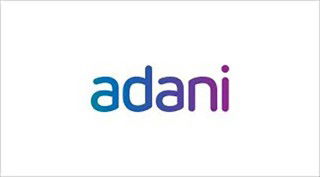In 2022, around 38.5Mt of ferrous slag were produced in the European Union and the UK. Approximately, 99 per cent of this could be used primarily as a building material and in fertilisers. This means that the by-products of the steel industry have substituted more than 1.1bnt of natural rock in the period from 2000-22. In addition, the use of granulated blastfurnace slag, replacing Portland cement clinker, in cement avoided the emission of 408Mt of CO2 over the same period.
Last year, blastfurnace slag accounted for 21.3Mt of the 38.5 Mt of ferrous slag. Of this, 17.57Mt or 82.5 per cent was used in cement and concrete, 3.07Mt in traffic route construction and 0.66Mt for other uses. Of the total 17.2Mt of steelmaking slag, 12.07Mt or 70.2 per cent went to traffic route construction, 2.2Mt to metallurgical work, 1.57Mt to fertiliser, 0.67Mt to cement and concrete, and 0.69Mt to other applications.
The conservation of natural raw materials using ferrous slags between 2000-22 is made up of the substitution of a total of 716Mt of limestone, clay and sand by granulated blastfurnace slag in cement, 387Mt of natural stone by slag-based aggregates in concrete and road construction, and 11Mt of natural lime fertiliser by converter and ladle slag in fertilisers.
Thomas Reiche, chairman of EUROSLAG and MD of the FEhS Building Materials Institute: "Resource conservation through secondary raw materials, especially in the construction sector, and lower emissions of climate-damaging CO2 are of outstanding ecological and economic importance. The use of ferrous slags makes an important contribution to this. EUROSLAG is working multilaterally to master the enormous challenges in the coming years, above all the transformation of the steel industry, through research and adjustments to national and European regulations. To this end, among other things, our EUROSLAG conferences are held every two years with participants from all over the world."
